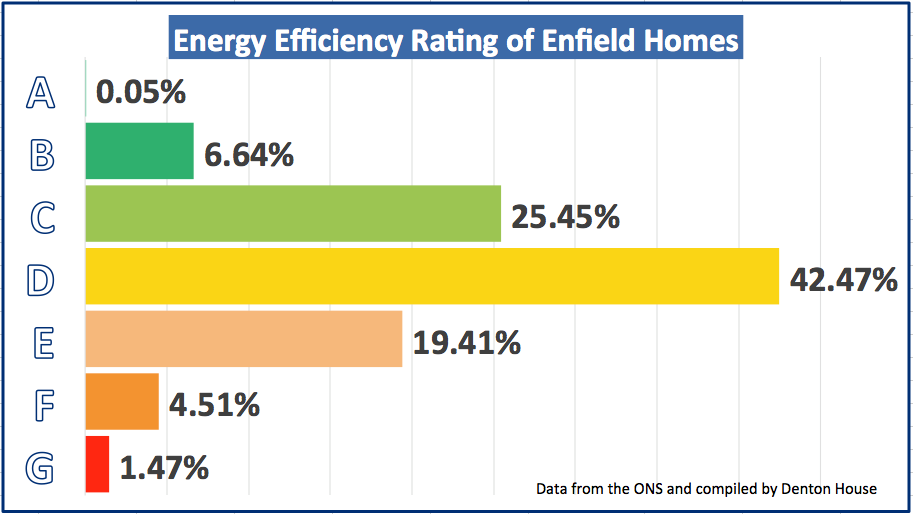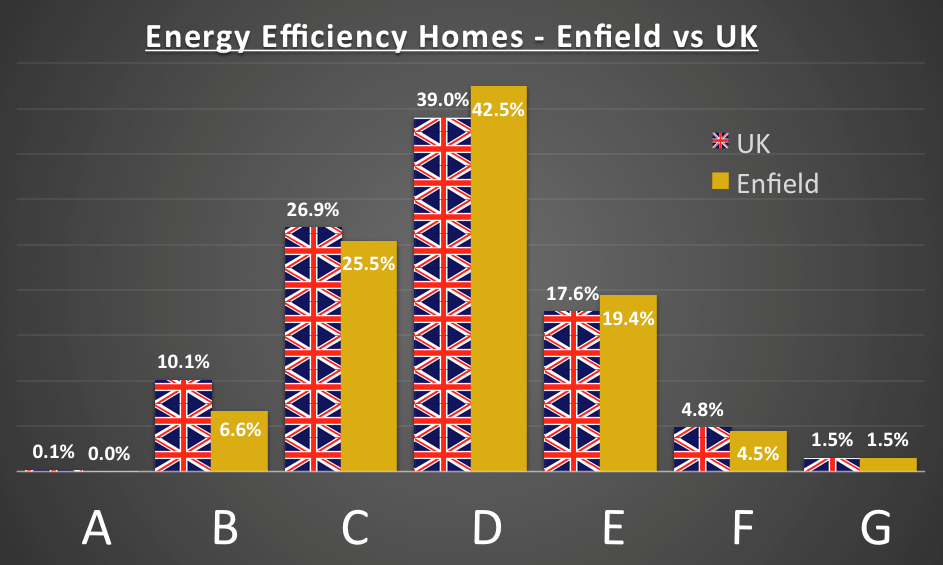Britain’s 27.2 million homes are responsible for more than a quarter of our CO2 and other greenhouse gas emissions. Improving the efficiency of our homes is seen as key to tackling the issues of climate change, fuel poverty and our country’s energy security. And with the Government’s commitment to make the country carbon neutral by 2050, our homes are going to need some pretty sepctacular retro-fitting!.
Researchers at Nottingham Trent University said it would cost around £17,000 to retrofit the average UK home to make it carbon neutral with renewable energy and insulation (if done en masse and not piece meal). That would cost the country a staggering £462.4bn (compare that to the £154bn per year that the NHS costs).
Now of course 22.7m homes are privately owned so that cost would come down to the owners, but for publicly owned council housing the cost to the Government would be in excess of £76.5bn – that’s £20.5bn more than HS2!
The benefits of making homes carbon neutral go further than saving the planet, occupants would have much lower gas and electric bills, warmer homes, and there’d be much less strain on the NHS, which currently spends about £848m a year treating conditions that arise from cold housing.
Local authorities would have to spend a lot less than the current £5.2bn a year for ongoing property maintenance by the installation of extra insulation and renewable energy such as ground source heating, wind or solar panels.
To improve efficiency ratings, last year the Government banned landlords from renting property with an energy performance rating of F and G (the lowest ratings), but I’ve not heard anything about forcing homeowners to reach the samd standard. Homeowners wouldn’t be enthusiastic about such a move but the Government could offer incentives and grants, which along with the funds saved on their energy bills could make the plan more appealing.
So, what about eco credentials of the properties of Enfield homeowners and landlords?
Every home that has been built, rented out or put on to the market in Enfield since 2007 has had to have an Energy Performance Certificate (E.P.C), giving it a rating between A and G (rather like those stickers you see on fridges and washing machines). A is highest rating (i.e. efficient and green) and G is the worst energy performance rating. So, looking at Enfield first, then comparing us to the rest of the UK, this is the result…


So, 32.1% of Enfield homes are in that eco-friendly A to C energy performance banding ratings, which is proportionally 13.36% lower than the national average.
So, what next? Well the Government will endeavour to make the green revolution as painless as possible with technological developments like LED light bulbs for example, saving greenhouse gases without people noticing. In the future we might have hydrogen central heating instead of mains gas, all have solar panels for electricity, all triple glazed windows and even ground sourced heating … does that sound a bit far-fetched? Maybe but 10 years ago would you have imagined there would be so many electric and hybrid cars on the roads?
There is no doubt that our homes will become more energy efficient in the years to come, as the cost of fuel increases and as our opinions on going green change. You don’t need to rush out and spend £17,000 to make your property greener. A quick look at your E.P.C will tell you what small changes you can make to improve your home’s energy efficiency rating and ultimately save yourself money.
If you want to find your E.P.C rating of your home, go to www.epcregsiter.com








